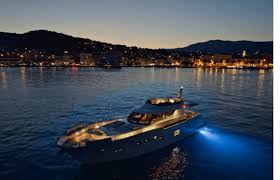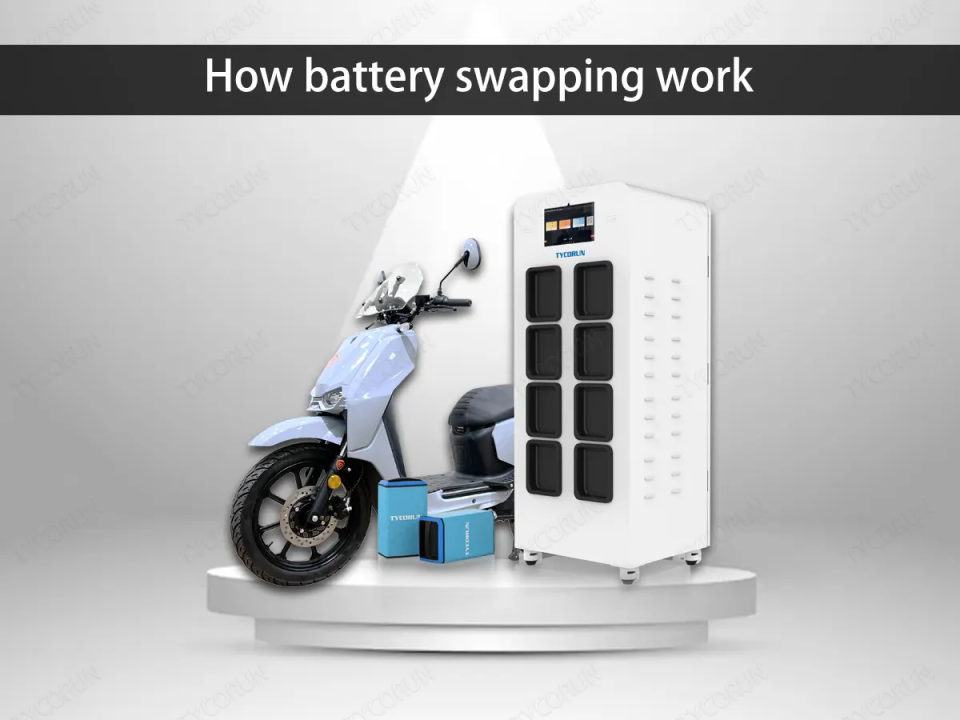MARKET OVERVIEW:
Global Marine Lighting market is estimated to reach $1054.6 Million by 2031; growing at a CAGR of 4.35% from 2024 to 2031.
The Global Marine Lighting market is crucial for the maritime industry, providing durable and efficient lighting solutions for vessels of all sizes. LED technology is gaining popularity due to its durability, long life span, and energy efficiency. The market includes decorative lighting for luxury boats and cruise ships, with a focus on smart lighting solutions. The industry is moving towards eco-friendly lighting solutions to meet sustainability regulations, such as LED-based and solar-powered systems. Automation and digitalization in the maritime industry are driving the market, with integrated lighting systems enhancing efficiency and safety.
The market is expected to see new players entering and established companies expanding their product lines. Collaboration between lighting manufacturers and shipbuilders is increasing to develop customized solutions for different vessels. As the industry modernizes older vessels, there are new opportunities for companies in the market.
The Global Marine Lighting market is constantly evolving with technological advancements, changes in regulations, and industry trends, providing support for the modernization and expansion of the maritime industry.

GROWTH FACTORS
The Global Marine Lighting market is expected to experience significant growth in the coming years due to factors such as increased demand for energy-efficient LED lighting solutions in the marine industry. The adoption of LED lighting solutions is driven by their high energy efficiency, longer lifecycle, and reduced maintenance costs. The market is also fueled by the growth in recreational boating and luxury yacht sectors, leading to a demand for sophisticated lighting systems that enhance functionality and experience on board.
However, challenges such as the high upfront cost of advanced lighting systems, maintenance expenditures, and stringent maritime regulations may hinder market growth. Despite these challenges, the continuous technological advancements in smart lighting systems present opportunities for market expansion. Smart lighting solutions with features like automated control and energy management align with the growing emphasis on energy efficiency and sustainability, driving further market growth.
The outlook for marine lighting markets globally is promising, with the demand for energy-efficient LED solutions and the growth of the recreational boating and luxury yacht industries driving market expansion. While barriers such as high investment costs and regulatory requirements exist, the development of smart lighting technologies offers new avenues for market growth. The evolution of lighting technology will play a key role in shaping the future of the marine lighting industry.
MARKET SEGMENTATION
By Type
The Global Marine Lighting market is rapidly advancing due to various factors. This market is segmented into Functional Lights and Decorative Lights, each serving different purposes in a marine setting.
Functional Lights are essential for navigation, safety, and operational tasks on marine vessels. They must provide reliable and efficient lighting for ships to function effectively, especially in poor visibility conditions. Advances in technology focus on energy efficiency and durability to withstand tough maritime conditions.
Decorative Lights, on the other hand, are mainly for aesthetic appeal on marine vessels and waterfront properties. While not critical for operations, they enhance the visual appeal and create an inviting atmosphere. With the growth in the marine industry, particularly luxury yachts and high-end cruises, the demand for Decorative Lights is expected to increase. The emphasis will be on combining style with functionality to ensure these lights look good and can withstand the marine environment's challenges.
By Ship Type
The Global Marine Lighting market is evolving due to technological advancements and increasing demand, particularly in passenger ships, commercial ships, and yachts. Passenger ships, like cruise liners and ferries, prioritize quality lighting for comfort and environmental concerns, with innovations such as LED lighting for sustainability and improved guest experience.
Commercial ships, such as cargo carriers and tankers, require efficient lighting for safety and functionality, with advancements in technology providing durability and reliability in harsh marine conditions. Yachts, catering to a luxury market, drive demand for innovative and customized lighting designs to enhance elegance and ambiance, with a trend towards flexible and smart lighting systems for convenience and style.
The market is expected to continue growing and changing as different ship types demand improvements in comfort, energy efficiency, safety, durability, luxury, and adaptability. Overall, the surge in demand for advanced lighting solutions in marine vessels is driving significant growth and innovation in the Global Marine Lighting market.
By Technology
The global marine lighting market is set to experience growth in the next five years due to the increasing use of technology and the demand for efficient lighting solutions in marine environments. LED lighting is expected to be the preferred option for its efficiency and durability, drawing less power while still providing adequate luminosity for safety and effectiveness at sea. Fluorescent lighting, although less developed than LED, is cost-effective and performs well in various applications. Halogen lamps are known for their high quality and visibility improvement in demanding conditions, although they consume more energy and have a shorter lifespan compared to LEDs. Xenon lights are ideal for long-range visibility due to their brightness and reach, despite their higher cost and energy consumption.
As technology continues to advance, there will be a gradual shift in the marine lighting market towards more energy-efficient and advanced technologies. LED technology is expected to improve in performance and sustainability, with a focus on developing solutions that meet the modern maritime industry's environmental concerns and energy efficiency needs. These advancements will lead to a greater integration of cutting-edge technologies in marine lighting solutions to meet the evolving demands of the industry.

By Application
The worldwide marine lighting market is expected to grow due to investments in maritime activities and technological advancements. Navigation lights are essential for safe navigation in harbors, while dome lights provide general lighting on vessels. Compartment and utility lights are practical and designed for specific areas such as engine rooms. Reading lights focus on close-focus tasks like reading, while docking lights help with safe docking procedures. Safety lights are crucial for emergencies, indicating the vessel's location. Marine decorative lighting enhances the aesthetics of the vessel.
The market for marine lighting will see improvements in performance, energy efficiency, and user experience. The demand for advanced lighting solutions in the marine environment will continue to grow globally.
REGIONAL ANALYSIS
The global Marine Lighting market is divided into regions such as North America, Europe, Asia-Pacific, South America, and the Middle East & Africa. In North America, the U. S. plays a significant role due to its diversified marine industry, while Canada and Mexico also contribute.
In Europe, countries like the UK, Germany, France, and Italy benefit from geographical proximity and stringent regulations promoting safety and efficiency at sea. The Asia-Pacific region, including China, Japan, India, and South Korea, shows promising growth potential with a focus on maritime activities and technological advancements. South America, particularly Brazil and Argentina, is also developing its marine sectors and investing in modernization.
The Middle East & Africa region, including GCC Countries, Egypt, South Africa, and others, is driving demand for advanced marine lighting through industries like oil and gas and maritime infrastructure. These regions are expected to shape the global marine lighting market in the near future, driven by local needs, technological advancements, and regulatory changes as maritime activities increase and new technologies emerge.

KEY INDUSTRY PLAYERS
The global marine lighting market is driven by major players who are constantly innovating to meet the diverse needs of different marine environments. Companies like OSRAM Licht AG, Hella GmbH & Co. KGaA, and KOITO MANUFACTURING CO. , LTD. offer high-quality and reliable lighting solutions for marine safety and performance. Other key contributors include Foresti & Suardi SpA, Attwood Corporation, and Lumitec LLC, who provide innovative and durable lighting products. Companies like Imtra Corporation and Shadow-Caster focus on delivering products that cater to various marine lighting needs.
Additionally, companies like Koninklijke Philips N. V. , Lumishore Ltd. , and Aqualuma LED Lighting contribute to the market by offering high-performance LED lighting solutions. Hella Marine, West Marine, NJZ Lighting, Alpenglow Marine Lights, and Vision X Lighting also play a significant role in advancing vessel functionality and aesthetics. Lastly, Star LED and Taco Metal offer specialized products to meet niche segments of the marine lighting industry.
Overall, these key players are shaping the future of the global marine lighting market by setting new standards and driving innovation in the industry.
REPORT SCOPE AND SEGMENTATION
|
Attributes |
Details |
|
Market Size By 2031 |
USD 1054.6 Million |
|
Growth Rate |
CAGR of 4.35% |
|
Forecast period |
2024 - 2031 |
|
Report Pages |
250+ |
|
By Type |
|
|
By Ship Type |
|
|
By Technology |
|
|
By Application |
|
|
By Region |
|
|
Key Market Players |
|



_page-000139.jpg)
_page-000140.jpg)
_page-000138.jpg)
_page-000137.jpg)









 APAC:+91 7666513636
APAC:+91 7666513636





